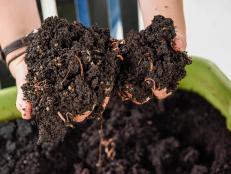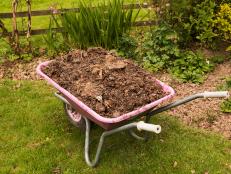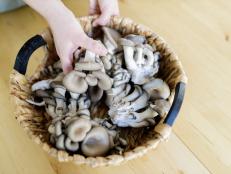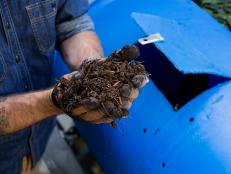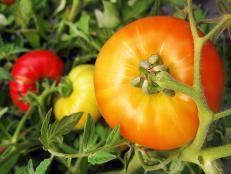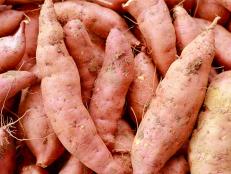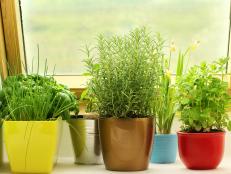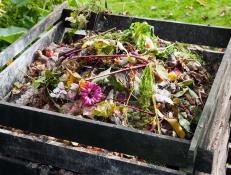What is Mushroom Compost?
Compost used to grow mushrooms commercially can be used again in your garden to make a wonderful fertilizer.
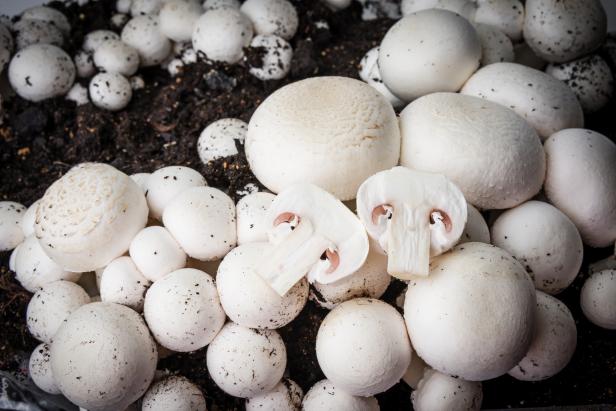
Shutterstock/Kuttelvaserova Stuchelova

Mushroom compost is simply compost that has already been used to grow mushrooms. Commercial mushroom growers use varying mixtures of manure and straw to grow the varieties they want. The compost is inoculated with the desired fungus, spread across growing beds and kept cool and moist until harvest. As the fungi grow, they break down the manure and straw mixture. It may take about two months for the mushrooms to develop, depending on the variety. The result is a really beautiful, dark compost that works wonders in the garden.
Where to Get Mushroom Compost
In some cases, mushroom compost can be bought directly from mushroom growers. Although Pennsylvania is one of the most popular locations for domestic mushroom producers, there are growers scattered around the country. Check with your local extension agent to find out if there are any mushroom growers in your area. Mushroom compost is famous among gardeners for its benefits to the landscape, which makes it a very hot commodity.
Producers handle requests for mushroom compost in different ways, but nearly all accommodate gardeners’ requests in some fashion. Some mushroom growers will announce days that compost will be available on a first-come-first-serve basis. Others may have a sign-up list. Some producers may even have a side operation where they sell mushroom compost. Delivery isn’t usually an option if you get your compost directly from the producer, so you’ll need a truck or some other way to transport your mushroom compost home.
Bagged mushroom compost can also be purchased from some nurseries, garden centers, co-ops and box stores. Bagged compost is cleaner to transport and also can be drier and less pungent than mushroom compost fresh from the producer.
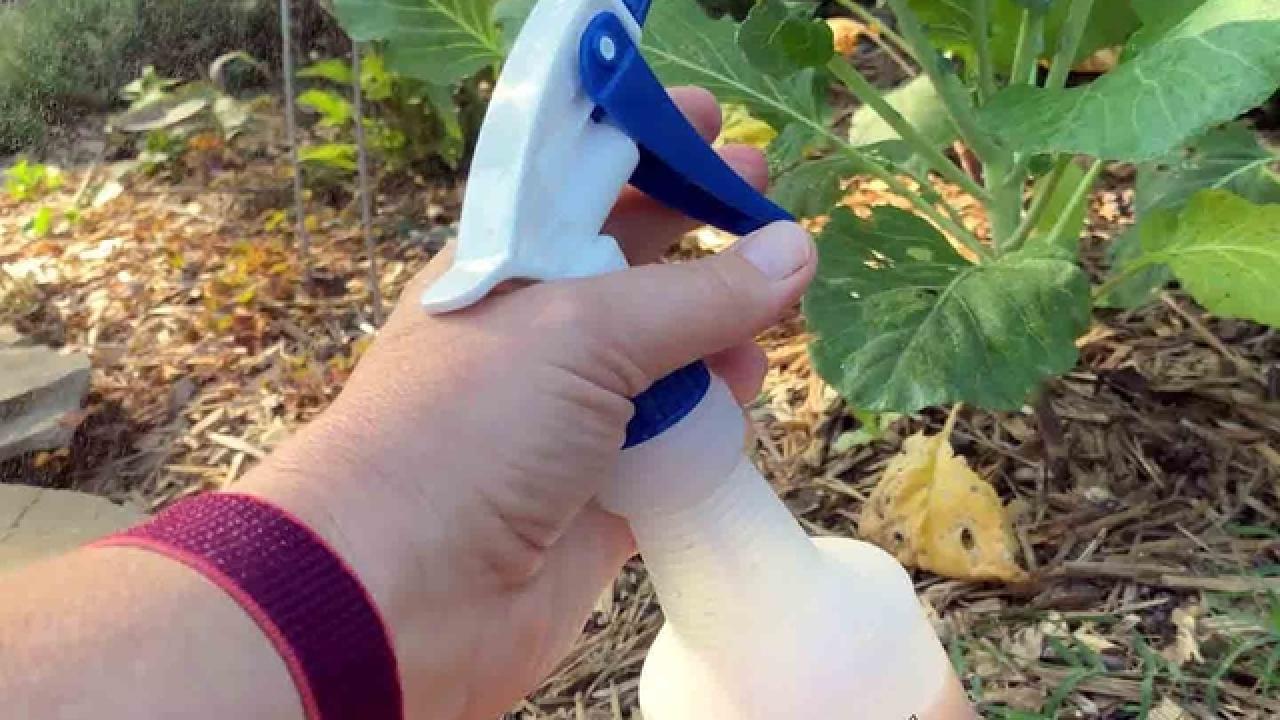
Make Your Own Mushroom Compost
If there isn’t a mushroom producer in your area and bagged mushroom compost isn’t available at the store, you can make a mock mushroom compost at home. Simply mix cow manure and straw. Eventually, naturally occurring fungi and bacteria will arrive on the scene to break down the ingredients. Keep moist and mix regularly until the pile cools down. Apply your mock mushroom compost to the garden or add to other compost products.
If you’re feeling ambitious, consider using your homemade mixture to cultivate mushrooms at home. Growing mushrooms can be tricky, but there are kits and inoculants available to help with the process. After harvesting the mushrooms, you can harvest your very own mushroom compost to use in the garden.






